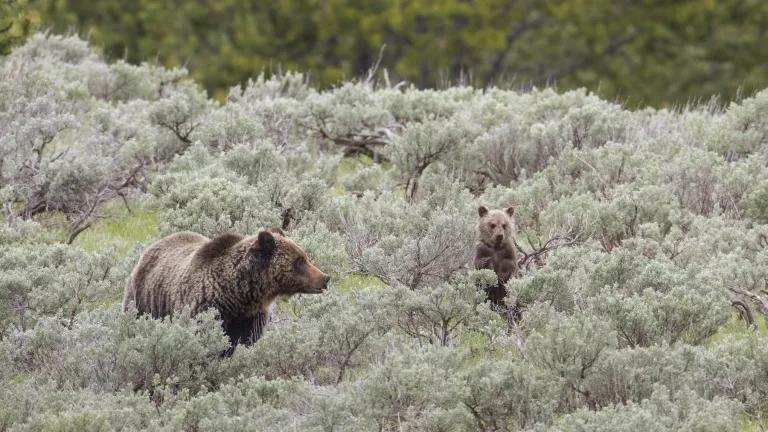
NRDC and several of our wildlife conservation and animal protection colleagues recently settled a lawsuit against Mendocino County, California. We sued the county for failing to review and mitigate the environmental impacts of hiring the federal agency Wildlife Services to trap, snare, and shoot hundreds of predators and other animals, including coyotes, black bears, and bobcats. The county has agreed to suspend this program of lethal control unless and until it conducts a full “Environmental Impact Report” as required under the California Environmental Quality Act.
We’ll be closely monitoring the preparation of the EIR and working with the county to develop an effective, science-based “non-lethal alternative” that would prioritize and incentivize proactive approaches to resolving wildlife conflicts.
We’ll be urging the county to adopt a more proactive approach because a policy of sitting around waiting for conflicts to happen, then rushing to respond by killing predators that may or may not have been involved, just doesn’t make sense. While problem animals may sometimes need to be removed, the need for lethal control can be greatly reduced by trying to prevent conflicts from happening in the first place. Livestock guardian animals, scare devices, night penning, electric fencing, shed lambing, and more human presence are all examples of preventive measures that can be taken to help keep livestock safe and native carnivores more focused on natural prey.
Importantly, the responsibility to reduce conflicts should not rest on ranchers, or counties, or government agencies alone. We all need to do our part. Conservation and animal protection groups can look for opportunities to collaborate and provide assistance with acquiring and using nonlethal measures—such as the fladry project NRDC began with Montana Wildlife Services this winter.
As the stewards of their land, ranchers should follow the lead of communities like the Blackfoot Challenge, Centennial Valley Association, and Tom Miner Basin Association that have sought to coexist with and provide habitat for the wildlife we all care about. Local governments like Mendocino County should encourage and facilitate conflict prevention efforts—as nearby Marin County has been doing for more than a decade. Consumers can do their part by looking for certified Predator Friendly® and Wildlife Friendly® products.
And perhaps most critically, Wildlife Services must shift away from its policy of leaving ranchers on their own to figure out how to buy and use nonlethal measures. The agency has made unprecedented—and greatly appreciated—efforts over the last two years to hold workshops around the country (including in California) to inform livestock producers and agency officials about the availability and effectiveness of these measures.
Now, however, the agency should take the next step and begin providing direct, on-the-ground support. This is already occurring in states like Wisconsin and Montana where the agency has invested significant time and resources into helping install fladry, and Oregon where agency staff helped monitor a band of sheep with night vision equipment. We urge California Wildlife Services to follow suit and help provide ranchers and landowners with the tools they need to live—and thrive—with the wildlife that also call the state home.


